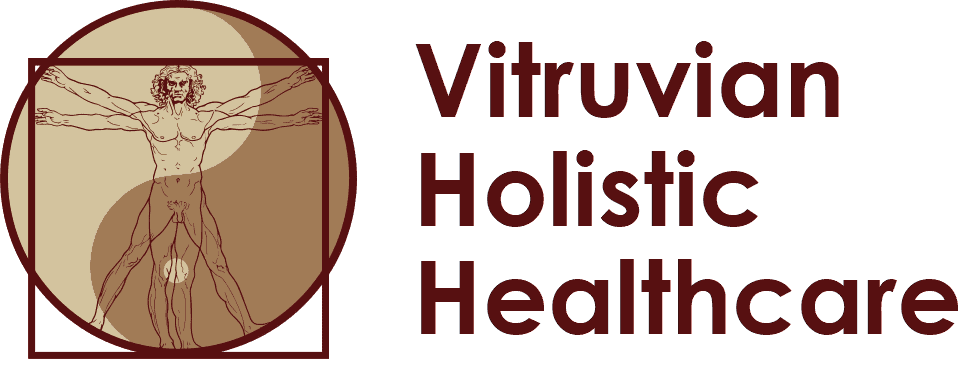One of the most common questions I am asked is “can acupuncture treat _____?” The short answer is generally, yes. The explanation of how and the efficacy for each condition will of course vary. Here is an up to date list of what the World Health Organization considers acupuncture to be effective at treating. This list is by no means complete or exclusionary – remember, Traditional Chinese Medicine has been a stand alone medical system for thousands of years!

- Abdominal pain (in acute gastroenteritis or due to gastrointestinal spasm)
- Acne vulgaris
- Adverse reactions to radiotherapy and/or chemotherapy
- Alcohol dependence and detoxification
- Allergic rhinitis (including hay fever)
- Bell’s palsy
- Biliary colic
- Bronchial asthma
- Cancer pain
- Cardiac neurosis
- Cholecystitis, chronic, with acute exacerbation
- Cholelithiasis
- Competition stress syndrome
- Craniocerebral injury, closed
- Depression (including depressive neurosis and depression following stroke)
- Diabetes mellitus, non-insulin-dependent
- Dysentery, acute bacillary
- Dysmenorrhoea, primary
- Earache
- Epidemic haemorrhagic fever
- Epigastralgia, acute (in peptic ulcer, acute and chronic gastritis, and gastrospasm)
- Epistaxis, simple (without generalized or local disease)
- Eye pain due to subconjunctival injection
- Facial pain (including craniomandibular disorders)
- Facial spasm
- Female infertility
- Female urethral syndrome
- Fibromyalgia and fasciitis
- Gastrokinetic disturbance
- Gouty arthritis
- Headache
- Hepatitis B virus carrier status
- Herpes zoster (human (alpha) herpesvirus 3)
- Hyperlipaemia
- Hypertension, essential
- Hypo-ovarianism
- Hypotension, primary
- Induction of labour
- Insomnia
- Knee pain
- Labour pain
- Lactation, deficiency
- Leukopenia
- Low back pain
- Male sexual dysfunction, non-organic
- Malposition of fetus, correction of
- Ménière disease
- Morning sickness
- Nausea and vomiting
- Neck pain
- Neuralgia, post-herpetic
- Neurodermatitis
- Obesity
- Opium, cocaine and heroin dependence
- Osteoarthritis
- Pain due to endoscopic examination
- Pain in dentistry (including dental pain and temporomandibular dysfunction)
- Pain in thromboangiitis obliterans
- Periarthritis of shoulder
- Polycystic ovary syndrome (Stein–Leventhal syndrome)
- Postextubation in children
- Postoperative convalescence
- Postoperative pain
- Premenstrual syndrome
- Prostatitis, chronic
- Pruritus
- Radicular and pseudoradicular pain syndrome
- Raynaud syndrome, primary
- Recurrent lower urinary-tract infection
- Reflex sympathetic dystrophy
- Renal colic
- Retention of urine, traumatic
- Rheumatoid arthritis
- Schizophrenia
- Sciatica
- Sialism, drug-induced
- Sjögren syndrome
- Sore throat (including tonsillitis)
- Spine pain, acute
- Sprain
- Stiff neck
- Stroke
- Temporomandibular joint dysfunction
- Tennis elbow
- Tietze syndrome
- Tobacco dependence
- Tourette syndrome
- Ulcerative colitis, chronic
- Urolithiasis
- Vascular dementia
- Whooping cough (pertussis)
